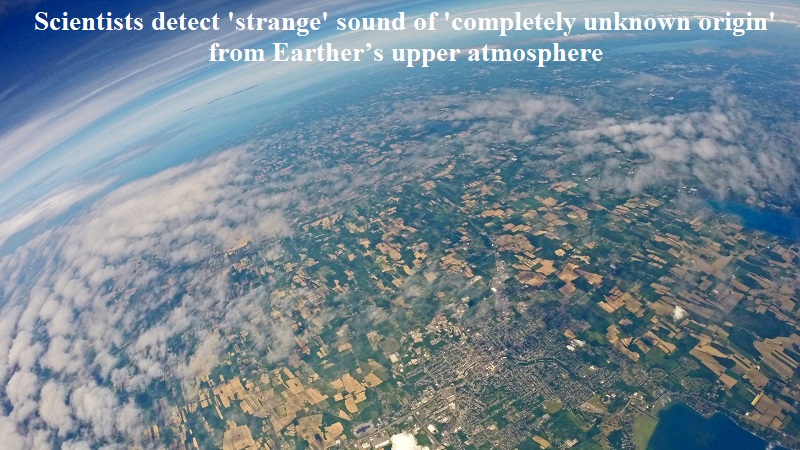
A team of researchers from Sandia National Laboratories in the US have discovered a “completely unknown” and “strange” sound in the Earth’s upper atmosphere, the stratosphere. This sound was captured through the use of large solar balloons that carried microphones, and it was detected a few times per hour.
The stratosphere, which is found around 31 miles (50 km) above the planet, is generally a calm and storm-free environment. Therefore, the team was surprised to hear these mysterious sounds that were recorded in the infrasound range, which is at the frequency range of 20 hertz (Hz) and lower, below the range of human hearing.
Daniel Bowman, a researcher from Sandia National Laboratories, stated that “there are mysterious infrasound signals that occur a few times per hour on some flights, but the source of these is completely unknown.”
The team used a sound gathering device called microbarometers, which are capable of detecting low-frequency sounds and were initially designed to monitor volcanoes. These sensors were carried by the balloons, which were built from common and inexpensive materials.
The solar balloons are powered by sunlight and have the ability to climb to altitudes of around 70,000 feet (13.3 miles) over Earth. The balloons were tracked using GPS, as they can fly for hundreds of kilometres and may land in difficult terrains.
The solar balloons offer greater access to record noise levels at lower frequency ranges since the whole Earth is accessible. However, they present challenges for researchers as the stratosphere is a harsh environment with wild temperature fluctuations between heat and cold.
Bowman stated that the solar balloons are “giant plastic bags with some charcoal dust on the inside to make them dark,” and are made using painter’s plastic from hardware stores, shipping tape, and charcoal powder from pyrotechnic supply stores. When the sun shines on the dark balloons, the air inside heats up and becomes buoyant.
The source of the sound has not yet been identified, and the team is continuing its research to determine the cause of these strange sounds.
The team hopes that this research will offer more insight into the Earth’s upper atmosphere and contribute to a better understanding of the planet.

Post Your Comments